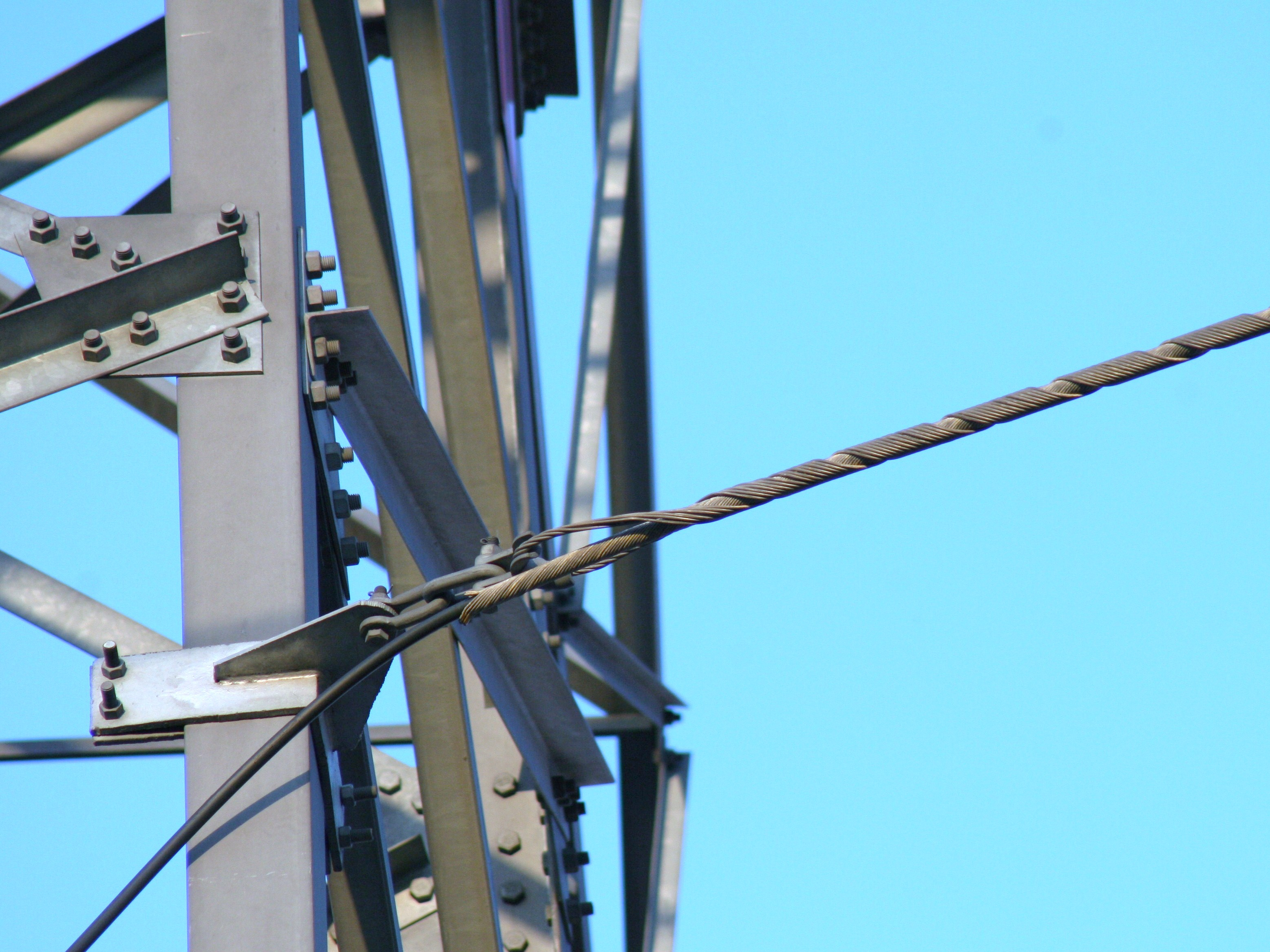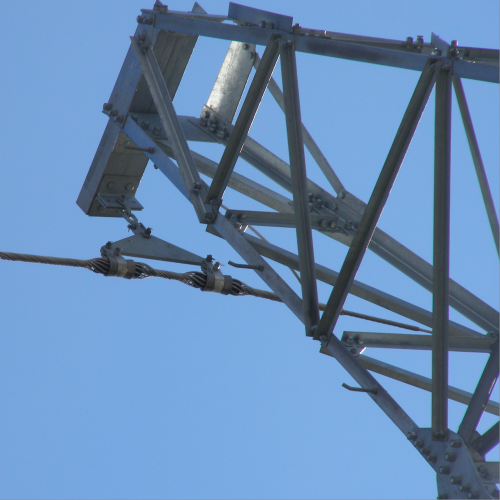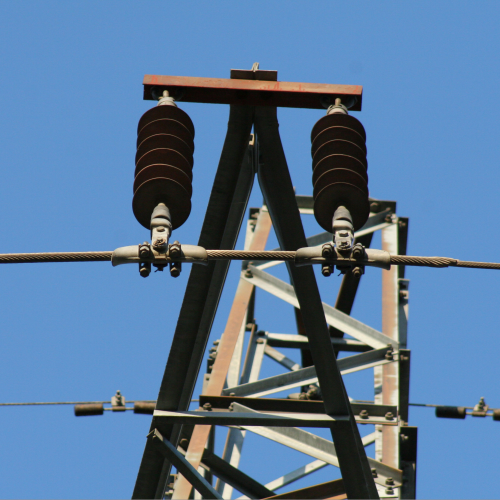The working principle of ADSS dead end tension clamp is to accurately accept and scientifically transmit the tension of the optical cable. When the ADSS optical cable is erected between the towers, it will produce continuous axial tension due to its own weight, wind impact, ice and snow accumulation, and temperature changes, especially in corner towers, terminal towers, or sections with large spans. The tension value can reach 3 to 5 times that of ordinary straight-line sections. At this time, the ADSS dead end tension clamp needs to firmly grasp the optical cable through the internal anchoring structure. Unlike the simple clamping of ordinary wire clamps, ADSS dead end tension clamp adopts a wedge-shaped self-locking design. After the optical cable penetrates into the wire clamp, the wedge-shaped assembly will automatically shrink as the tension increases, forming a tighter and tighter anchoring effect to avoid the optical cable falling off under extreme loads. The key to this design lies in adaptability. It is necessary to accurately match the angle and friction of the wedge-shaped components according to the outer diameter, core structure and sheath material of the optical cable. If the matching is improper, the light will cause local wear of the optical cable, and the heavy will cause anchoring failure.
After the tension anchoring is completed, the second task of the ADSS dead end tension clamp is to disperse the concentrated stress and protect the optical cable body. The sheath and core of the ADSS optical cable have limited ability to withstand tension. If the clamp concentrates all the tension at a certain point, it can easily cause the sheath to break or the core to break. Therefore, the high-quality ADSS dead end tension clamp will be designed through a stress dispersion cone or a long-distance contact section to evenly transfer the concentrated tension to the 1.2 to 1.5-meter-long optical cable section, so that the stress per unit length of the optical cable is controlled within the safety threshold. Taking the ADSS dead end tension clamp we customized for a wind farm project in Northern Europe as an example, three sets of gradient stress dispersion components are integrated inside the clamp, which can gradually release the tension from the anchoring point of the clamp to the extension of the optical cable. Even in extreme weather with wind speeds of up to 25m/s, the force on the optical cable remains uniform, and the transmission attenuation rate remains stable.

At the same time, ADSS dead end tension clamp also needs to continue to deal with the erosion of the complex outdoor environment, which is an easily overlooked but very important point in the working mechanism of the clamp. Whether it is high temperature and humidity in the tropics, salt spray corrosion in coastal areas, or low temperature freezing and thawing in the cold zone, it will cause damage to the metal parts and sealing structure of the clamp, thereby affecting the anchoring performance of the clamp. Therefore, the high-quality ADSS dead end tension clamp will be specially optimized in material selection and structural design.
As a manufacturer that has been deeply engaged in the field of power fittings for many years, our ADSS dead end tension clamp has undergone technological upgrades and innovations in every aspect of the working mechanism, which can provide B-side buyers with more reliable and adaptable solutions. We can not only customize the wedge-shaped components and stress dispersion structure according to your project parameters, so that the clamp and the optical cable perfectly match. A full-process quality control system has also been established. Each product will undergo dynamic tension fatigue testing, insulation performance testing and environmental aging testing, and all indicators meet international standards.




